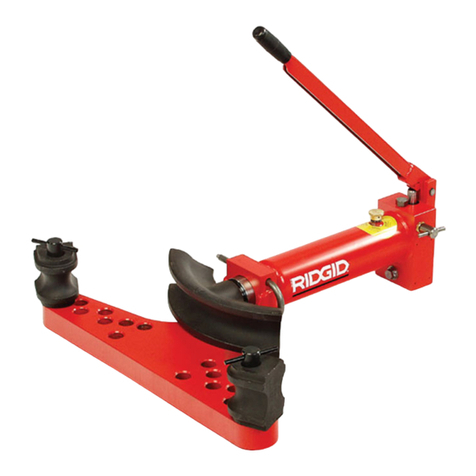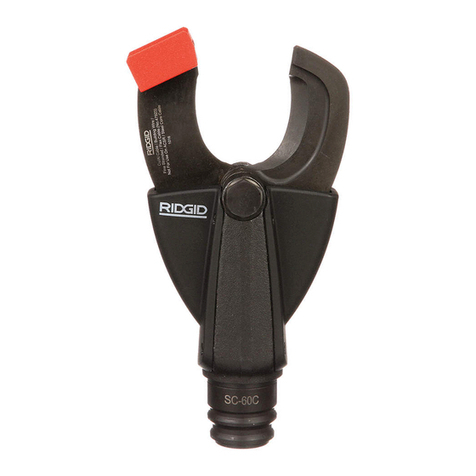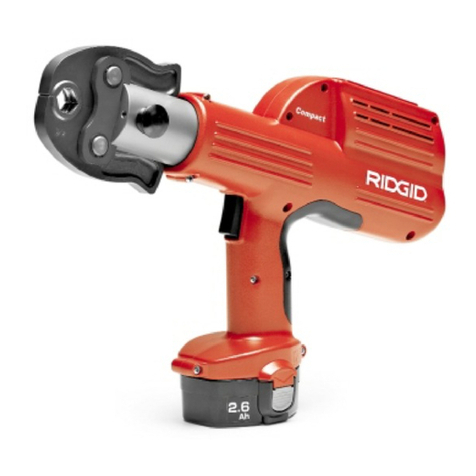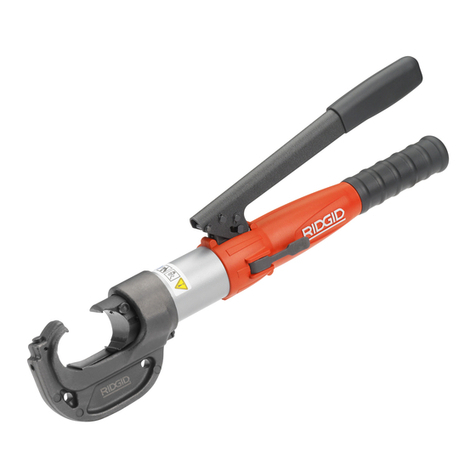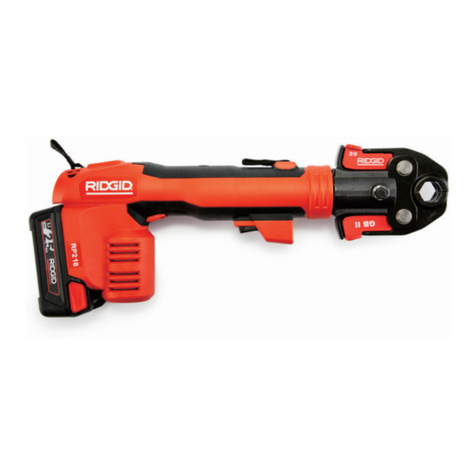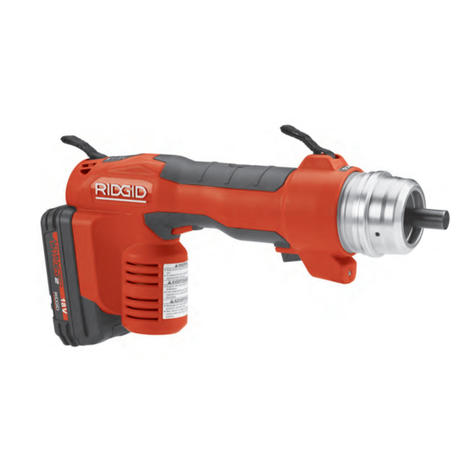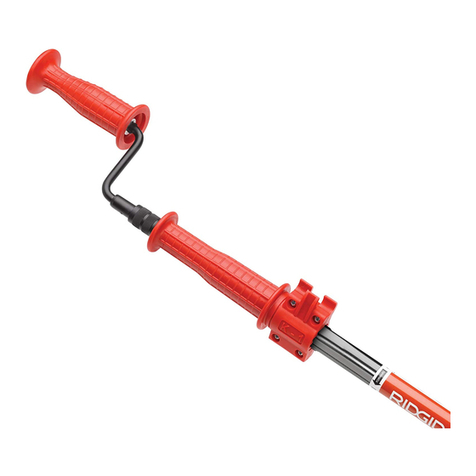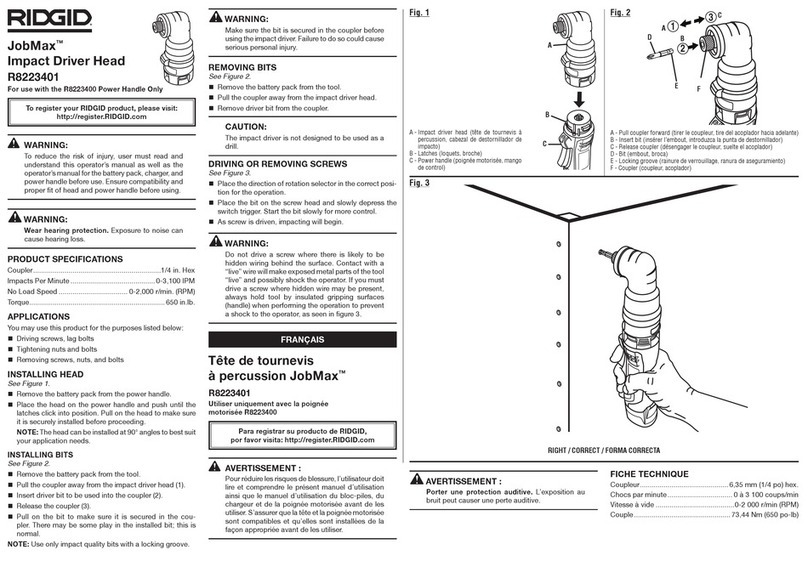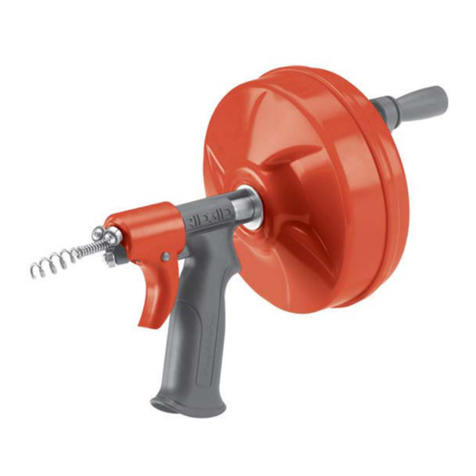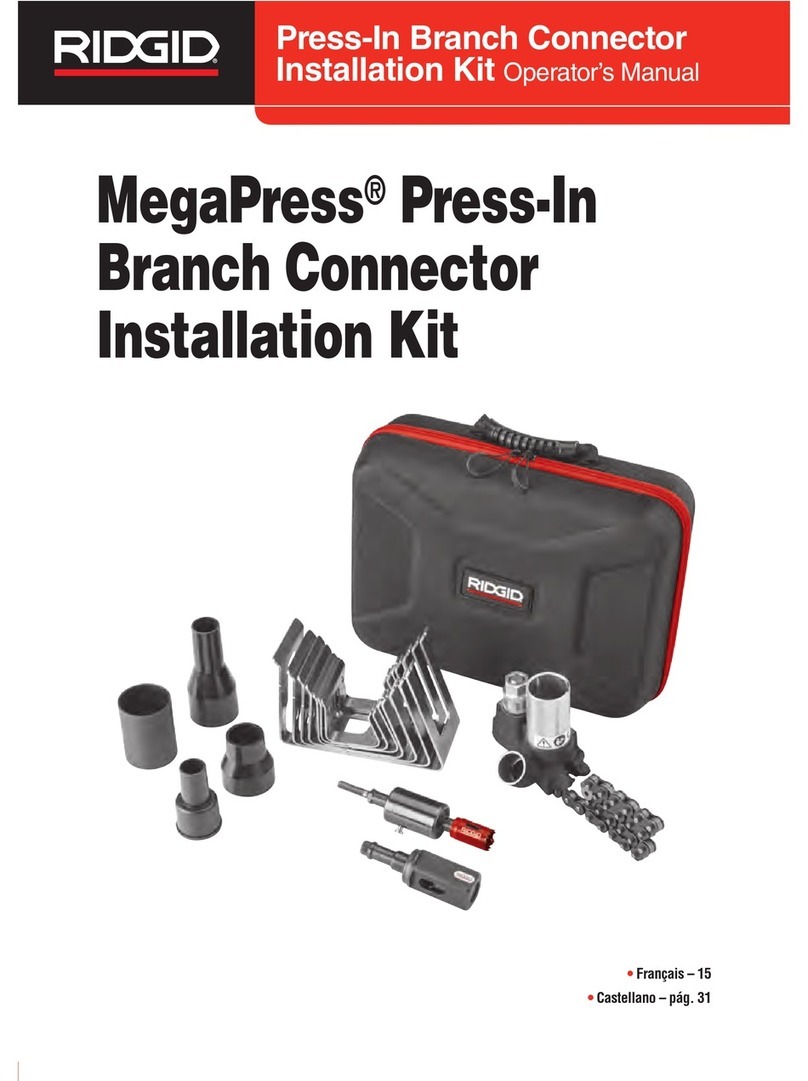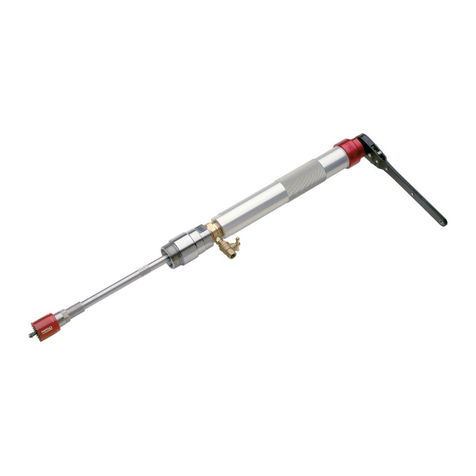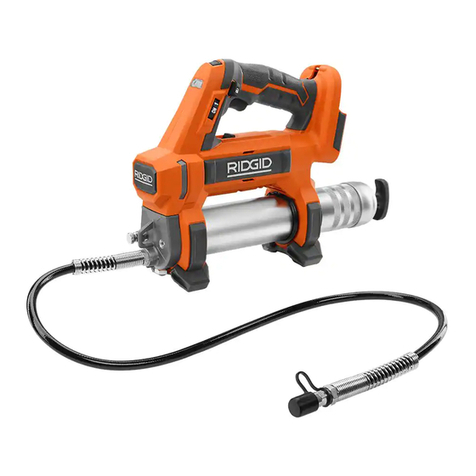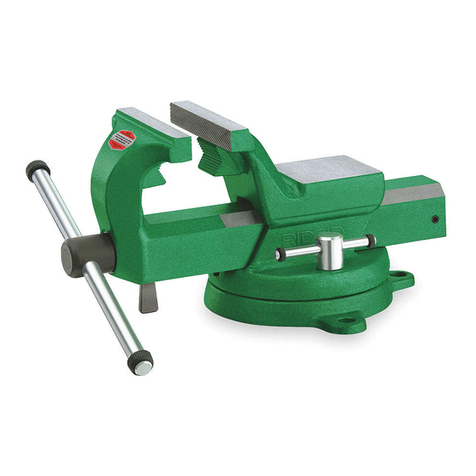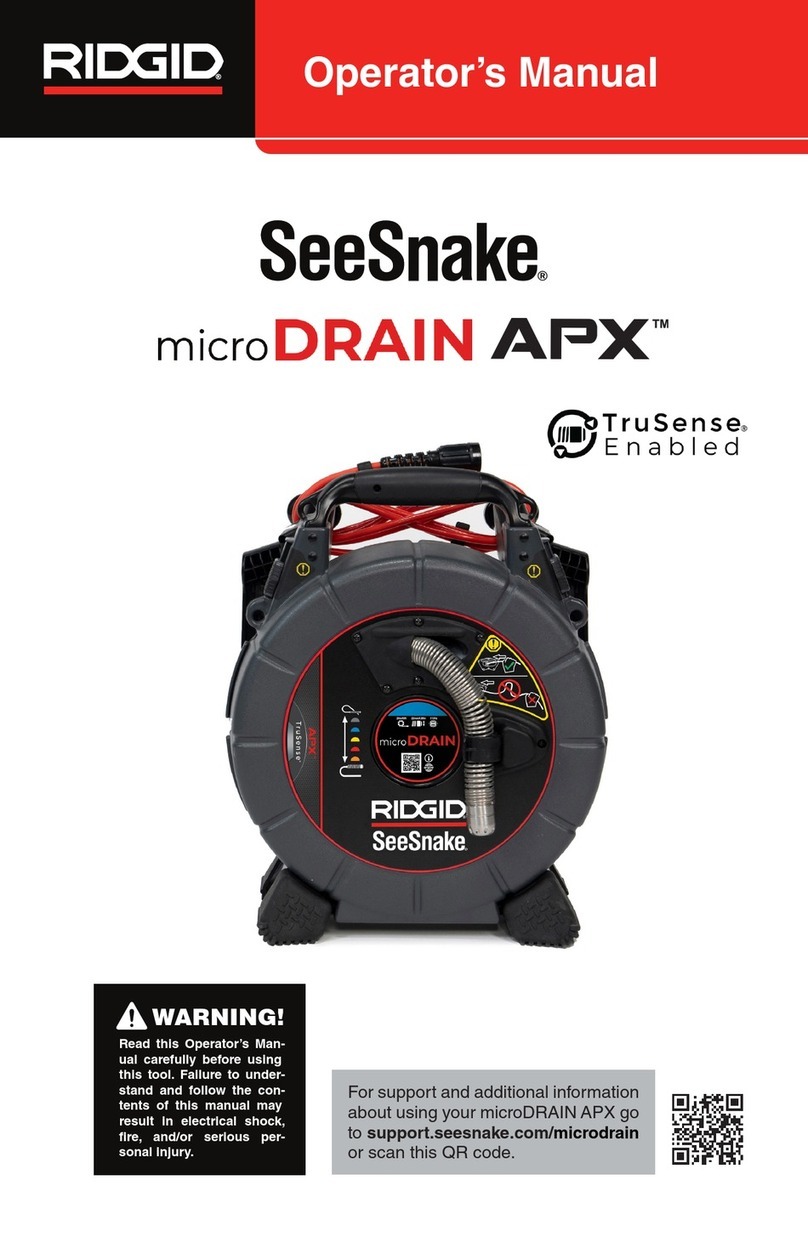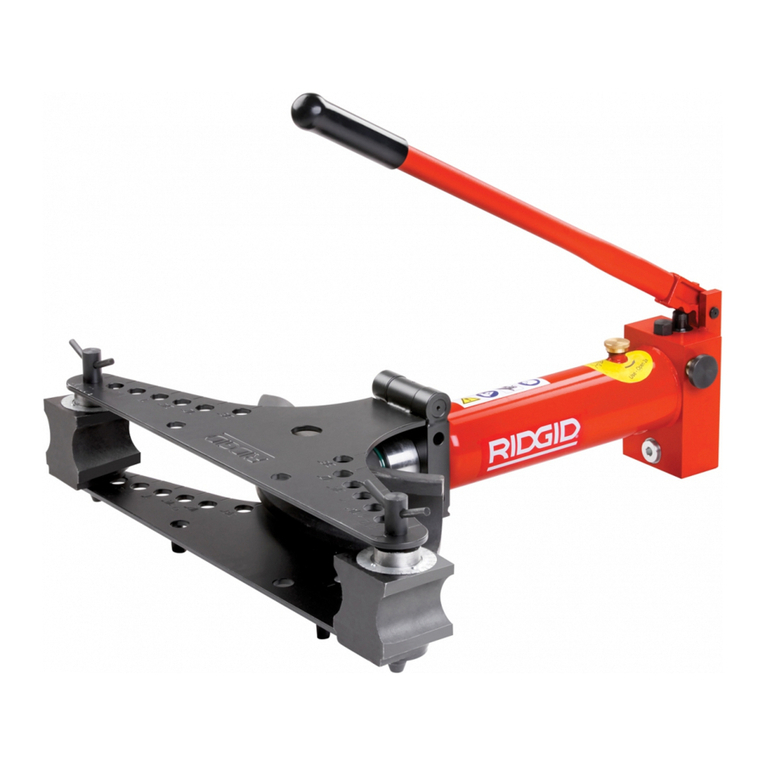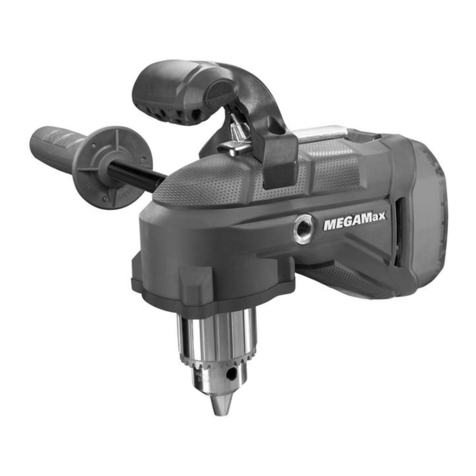Table of Contents
Recording Form For Machine Serial Number ....................................................................................................................... 2
Safety Symbols .................................................................................................................................................................... 3
General Safety Rules*.......................................................................................................................................................... 3
Work Area................................................................................................................................................................................................. 3
Electrical Safety......................................................................................................................................................................................... 3
Personal Safety ......................................................................................................................................................................................... 4
Power Tool Use And Care ......................................................................................................................................................................... 4
Battery Tool Use And Care........................................................................................................................................................................ 5
Service ...................................................................................................................................................................................................... 5
Specific Safety Information.................................................................................................................................................. 5
Press Tool Safety....................................................................................................................................................................................... 5
RIDGID Contact Information ................................................................................................................................................ 6
Description .......................................................................................................................................................................... 6
Tool Status Lights...................................................................................................................................................................................... 8
Specifications (need information)........................................................................................................................................ 9
Standard Equipment ................................................................................................................................................................................. 9
Pre-Operation Inspection .................................................................................................................................................... 9
Setup and Operation Instructions...................................................................................................................................... 10
Removing/Installing Attachment ............................................................................................................................................................ 10
Changing Tool Configuration (Long / Standard)...................................................................................................................................... 11
Preparing Connection ............................................................................................................................................................................. 12
Pressing A Fitting With Typical Scissor Jaws ........................................................................................................................................... 12
Pressing A Fitting With Typical Actuator And Press Ring Set .................................................................................................................. 13
Inspecting The Pressed Connection ........................................................................................................................................................ 14
Storage .............................................................................................................................................................................. 15
Maintenance Instructions.................................................................................................................................................. 15
Cleaning And Lubrication........................................................................................................................................................................ 15
Troubleshooting...................................................................................................................................................................................... 15
Required Maintenance By RIDGID Independent Service Center ............................................................................................................ 15
Service And Repair.................................................................................................................................................................................. 16
Optional Equipment .......................................................................................................................................................... 16
Disposal............................................................................................................................................................................. 16
EC Declaration of Conformity ............................................................................................................................................ 16
Electromagnetic Compatibility (EMC) ................................................................................................................................ 17
Back Cover......................................................................................................................................................................... 17
This draft is based on RP 340 Press Tool Operator’s Manuals.
The format is as per new RP 240/241, RE6/60/600 Series Tools Operator’s Manual and PEX One Crimp Tool Operator’s
Manual.
Recording Form For Machine Serial Number
